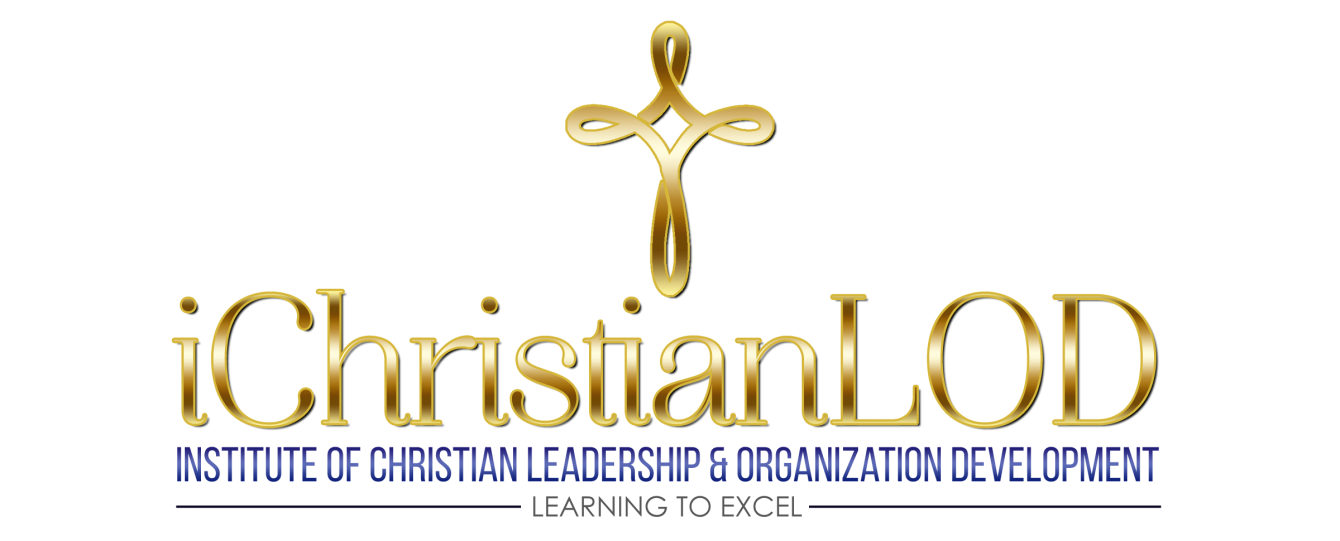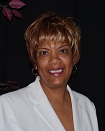
FIVE COMMON TYPES OF POWER
Power is a tool that leaders use to influence the attitudes, behaviors, and even the values of subordinates to achieve organizational goals and objectives. They may use it to change unwanted attitudes and behaviors, or to encourage attitudes they desire. Most people have at one time worked with co-workers who had attitudes that were contrary to productivity and team unity. Leaders attempt to discourage those undesirable behaviors through wise and appropriate use of power, hoping to extract some intrinsic value that can be found in all people, for the benefit of both the individual’s success and that of the organization. Hughes, Ginnett and Curphy define power as, “the capacity to cause change” (Hughes, et al., 2012, p.119). To be successful, leaders must understand the different types of power, as well as how and when it is appropriate to use each type.
Five Common Types of Power
Power comes from different sources. Some power is given, and some is earned. For example, Expert power is earned by achieving a high degree of knowledge or skill in a particular area. Because it’s earned, it can be obtained and exercised by leaders as well as followers. Expert power is also affected by situation since a person can be an expert in one situation and not an expert in another. A primary source of expert power is often education, but it can also be attained by way of tenure and experience. People typically listen attentively to the person they believe or know to have expert power.
Referent power is power that comes from the strength of interpersonal relationship. Like expert power, it too is earned through consistency and faithfulness, and received in exchange for meeting certain interpersonal needs of one party in the relationship. Typically, referent power is very influential because it is relational. Just as we listen to those with expert power, we draw close to those who possess referent power. Its relational nature makes it vulnerable to loss, as opposed to expert power. Authority figures can demand a subordinate to do something, but they cannot demand the high degree of commitment that is typically associated with referent power. It is most powerful when used in conjunction with legitimate power.
Legitimate power is formal authoritative power that one has as a result of their position or title within an organization. Subordinates comply with legitimate power out of obligation, even when they don’t believe it is deserved. Unlike referent power, where people commit and cooperate because of their admiration likes and dislikes are not a part of the legitimate power equation. When you accept a position in an organization, you accept the legitimate power the organization has confers to certain positions. Legitimate power is the most valuable type of power to use in times of crises, when quick decisions need to be made and fast action is required. But it does not belong only to leaders. Employees also have a degree of legitimate power conferred to them through labor unions and laws, and regulations.
Reward power is an effective tool and a very popular method of influencing people through the control of desired resources. Leaders reward subordinates with praise and recognition, bonuses and promotions for doing well. Followers also reward leaders with admiration, loyalty, and commitment to show their appreciation. Reward power is most effective when the rewards are valued by the recipient, which means the giver has to have knowledge of what the recipient values. It must also be used with caution, precision and consistency. Leaders should decide on what performance they will reward, and how it will be rewarded across the board.
Coercive power is actually the opposite of reward power, and uses the application of negative experiences to influence others, such as fear of punishment, or threat of loss of something valued. It can be as simple as a parent withholding the allowance of a teen, or as severe as a judge pronouncing a jail sentence. It can be very effective in managing behavior, but like reward power, it must be used with caution to avoid abuse (Hughes, Ginnett, and Curphy, 2012).
Hughes, R.L. (2012). Leadership enhancing the lessons of experience seventh
edition. McGraw-Hill Irwin. New York, NY.
Please follow and like us:


